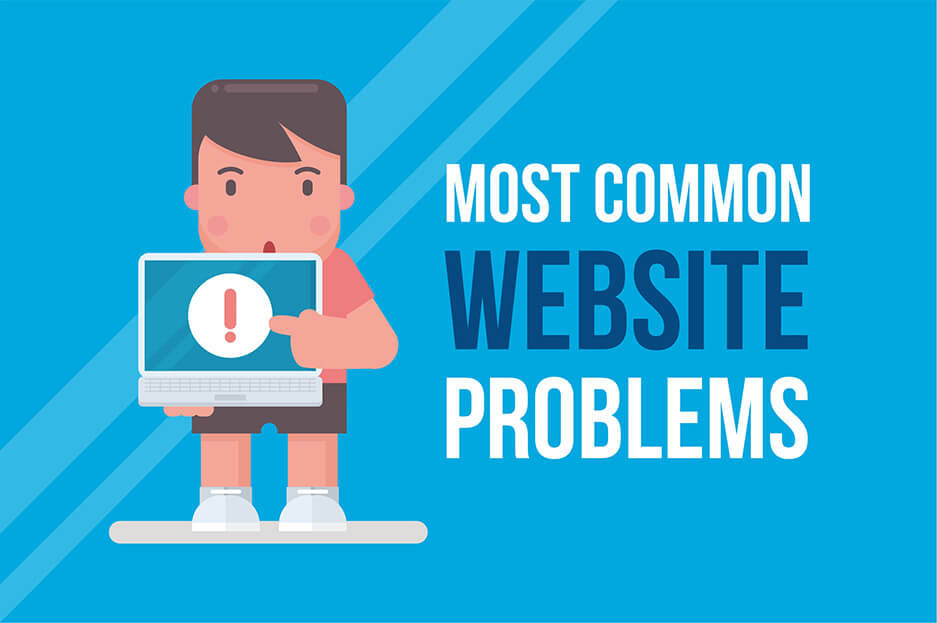Common Web Design Errors Encountered and How To Fix Them

In today’s digital age, the number of websites is increasing day by day, so errors in the design process will be unavoidable. This article is based on recent research by the website developer Tilda. They analyzed the common mistakes people make when designing websites. Join us to learn about common mistakes and how to fix them to make web design better!
1. Content is not divided into logical blocks
Information is more receptive to users if the content layout is grouped into logical blocks. Set the padding from 120 px to 180 px and separate the text blocks using the colored background.
2. Uneven spacing between items on the website
The blocks should be spaced evenly. Otherwise, your page will look cluttered, making it difficult for users to access the content.
3. The padding is too small for the user to split the content into blocks
To avoid blending parts, separate them and add a space (at least 120 px) between them.
4. Avoid low contrast for text on the background image
The website should have enough contrast between the text and the background. To make the text stand out, add a contrast filter on the image. Black is a popular color, but you can also use bright colors and match them in harmony.
Another way is to use a contrasting image from scratch and place the text on top of the dark part of the photo.
5. Too many typographies on a page
Too many typefaces and designs make the website look unprofessional and difficult to read. To avoid this, limit yourself to a single font and two font options like Regular, Bold (bold).
6. Inappropriate split background-color
Avoid using color to emphasize elements on the page, it reduces the aesthetics of your website. Headings, for example, are well organized by size, typography, and padding. If you want to highlight a particular piece of content, use a background color for the entire block, including the title and the text with related content.
7. Too many words in a column
Multiple words in a column are difficult to read, as the user accessing the website has to read from one line to the next. Plus, it also reduces the aesthetics of the page. It’s best to reduce the number of columns and shorten the text.
8. Too many words in the center
The site center should not be text-heavy, otherwise, it will be difficult for users to navigate effectively. Also, it’s recommended to increase the font size to 24 pixels or more.
9. Text superimposed on an essential part of the image
Avoid having text mask meaningful parts or important details of an image. That both obscures your images and makes your text harder to read. Try different positions like centering or aligning text to the left or placing them vertically.
10. Use the right visual hierarchy
A clear hierarchy of information on the page, for example, the title on the cover page should be larger than the rest, or at least the same size.
This principle applies to the visual hierarchy within a content block. The main title should be the biggest design element, the subheading should be smaller and less prominent. Next, feature titles must be significantly smaller than the previous one and have the same weight. Smallest fonts should be used for the description.
This will help the user distinguish information in order of importance and make your website layout more clearer.
--------------------------------
Guestbeat.com Notice!
Audience discretion is needed, Read TOS.
Submit Guest Post / Read Latest / Category List
App & Rate-Us / Subscribe Daily Newsletter (FREE)
-
A content writer and content manager at Couponxoo.com
website: Couponxoo.com - https://couponupto.com
-
In today's digital age, the number of websites is increasing day by day, so errors in the design process will be unavoidable. This article is based on recent research by the website developer Tilda.



